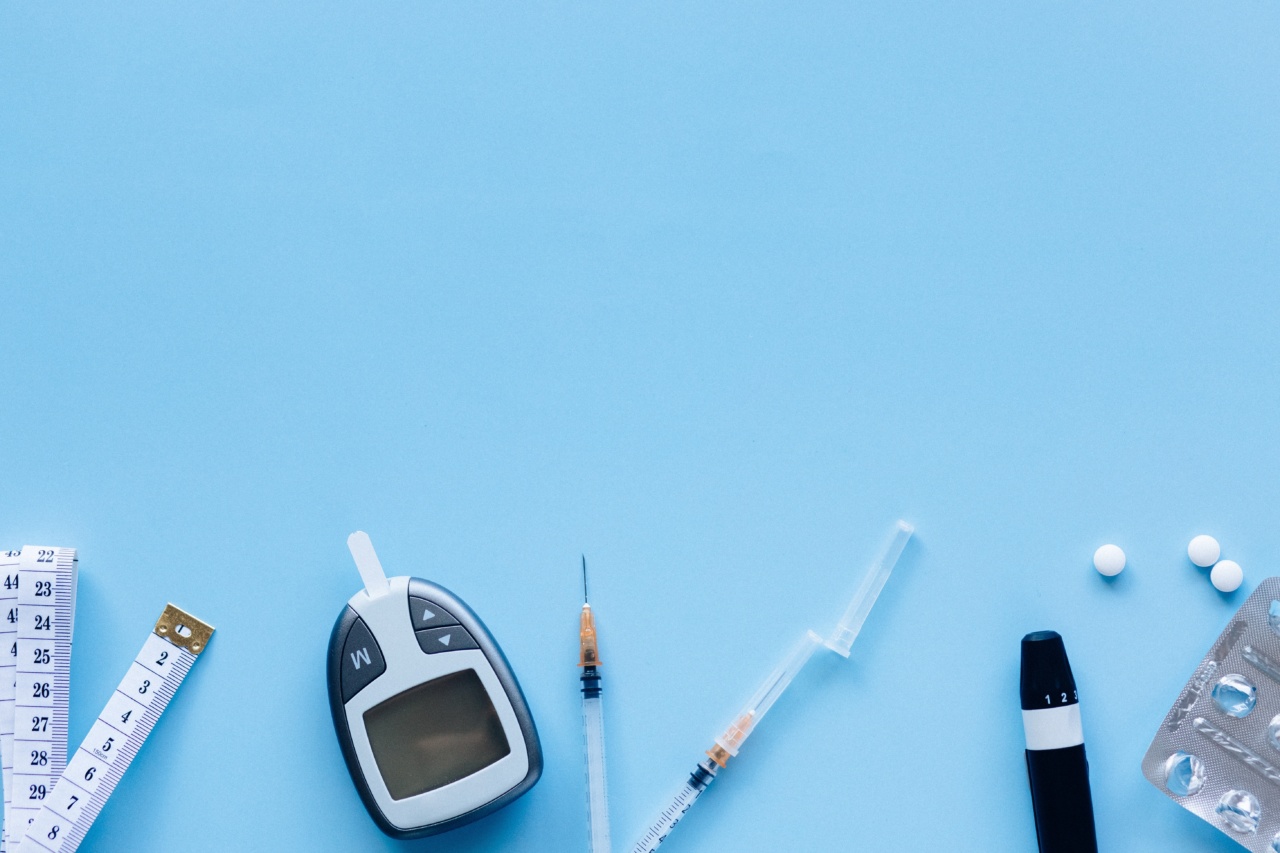In recent years, the prevalence of diabetes has been on the rise globally.
Diabetes is a chronic condition characterized by high blood sugar levels due to the body’s inability to properly produce or respond to insulin, a hormone that regulates blood sugar. Insulin sensitivity, or the body’s response to insulin, plays a crucial role in managing diabetes. Exercise has long been recognized as an effective tool for improving insulin sensitivity in individuals with diabetes.
In this article, we will explore the link between insulin sensitivity and exercise in diabetes and how regular physical activity can positively impact this condition.
Understanding Insulin Sensitivity
Insulin sensitivity refers to how efficiently your cells respond to insulin. In individuals with decreased insulin sensitivity, also known as insulin resistance, the body requires higher levels of insulin to regulate blood sugar.
This can lead to elevated blood glucose levels and ultimately result in the development of type 2 diabetes. Insulin resistance is strongly associated with obesity, sedentary lifestyle, and poor dietary habits.
Exercise and Insulin Sensitivity
Regular exercise has been widely acknowledged as a beneficial intervention for individuals with diabetes. One of the primary mechanisms through which exercise impacts diabetes is by improving insulin sensitivity.
When you engage in physical activity, your muscles demand more energy. This increased energy requirement prompts your cells to become more receptive to insulin, allowing them to extract glucose from the bloodstream more effectively.
As a result, exercise promotes better blood sugar control and reduces the risk of diabetic complications.
Types of Exercise to Improve Insulin Sensitivity
Various types of exercise have been shown to enhance insulin sensitivity. Here are a few examples:.
Aerobic Exercise
Aerobic exercises, such as brisk walking, jogging, swimming, or cycling, are excellent for improving insulin sensitivity. These activities increase your heart rate and breathing rate, elevating the demand for energy.
Aerobic exercise not only burns calories but also helps your muscles become more responsive to insulin, leading to better glucose utilization.
Resistance Training
Resistance training, often involving weights or resistance bands, is another effective way to enhance insulin sensitivity.
When you perform resistance exercises, the muscle contractions place stress on your muscle fibers, leading to adaptations that improve insulin action. Additionally, resistance training helps build lean muscle mass, which can further contribute to increased insulin sensitivity.
High-Intensity Interval Training (HIIT)
HIIT involves short bursts of intense exercise followed by brief recovery periods. This form of exercise has gained popularity due to its time efficiency and potential benefits for insulin sensitivity.
HIIT has been shown to be particularly effective in improving insulin sensitivity in individuals with type 2 diabetes.
Duration and Frequency
The recommended duration and frequency of exercise for improving insulin sensitivity may vary depending on individual factors and overall health status.
However, it is generally recommended to engage in at least 150 minutes of moderate-intensity aerobic exercise per week, spread across several days. Resistance training, ideally two to three times a week, targeting all major muscle groups, is also encouraged.
Other Benefits of Exercise in Diabetes
Exercise offers numerous additional benefits for individuals with diabetes:.
Weight Management
Regular physical activity aids in weight management, as it helps to burn calories and build muscle mass. Maintaining a healthy weight is crucial in managing and preventing diabetes.
Cardiovascular Health
Exercise strengthens the heart, improves circulation, and reduces the risk of cardiovascular complications associated with diabetes, such as heart disease and stroke. It also promotes healthy blood pressure and cholesterol levels.
Mood Enhancement
Physical activity releases endorphins, which are natural mood boosters. Regular exercise can help alleviate symptoms of anxiety and depression, which individuals with diabetes may be more prone to.
Stress Reduction
Engaging in exercise can effectively reduce stress levels, which can have a positive impact on blood sugar control. Stress hormones can interfere with insulin function, so managing stress is essential for individuals with diabetes.
Consulting with Healthcare Professionals
Before starting any exercise regimen, it is crucial for individuals with diabetes to consult with their healthcare team. They can provide personalized recommendations based on your specific health needs and limitations.
It is especially important for individuals with other health conditions, such as cardiovascular disease, to ensure exercise is safe and appropriate.
Conclusion
The link between insulin sensitivity and exercise in diabetes is evident. Regular physical activity, including aerobic exercise, resistance training, and HIIT, can significantly improve insulin sensitivity and blood sugar control.
In addition to its direct impact on diabetes management, exercise offers a host of other benefits, ranging from weight management to cardiovascular health. By making exercise a priority, individuals with diabetes can improve their overall well-being and reduce the long-term complications associated with this chronic condition.




























